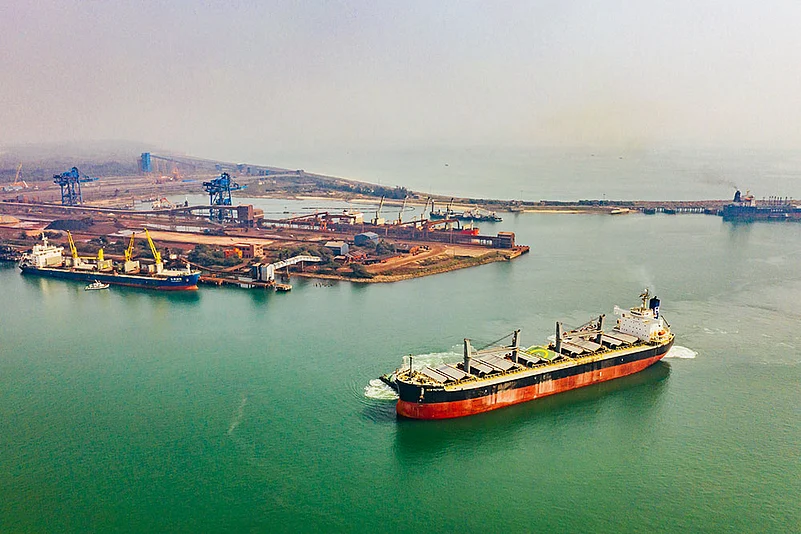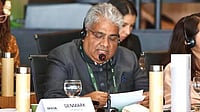Odisha is reclaiming its place on the maritime map with a strategic focus on port-led development. In just a year, the state has moved decisively forward from vision to execution, turning its coastline into a strategic launchpad to expand trade, accelerate industrial growth and aid regional integration.
Under the guidance of Chief Minister Mohan Charan Majhi, this shift signals an ambitious rethinking of policy as well as the state’s growing capacity to deliver high-impact infrastructure and economic transformation across eastern India.
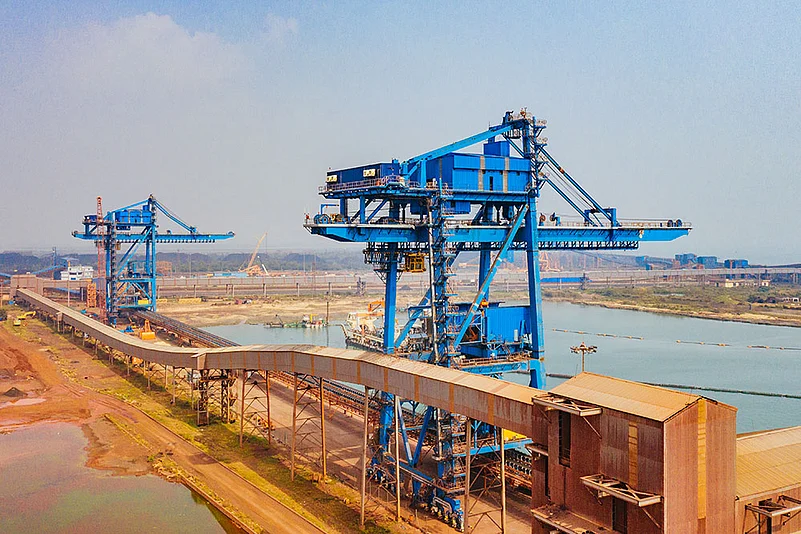
Paradip’s Record Performance and New Maritime Infrastructure
At the heart of Odisha’s port resurgence is Paradip Port, which in the 2024–25 fiscal handled a record 150.41 million metric tonnes (MMT) of cargo.
This includes an 111% growth in container traffic, signalling a shift from bulk commodities to higher-value, processed exports. The port also achieved record volumes in coastal cargo (63.71 MMT) and rail cargo (81.01 MMT), with a national-best berth output of 34,283 MT/day/berth.
The development of new port infrastructure is also underway alongside. Sites at Inchuri (Balasore) and Bahuda (Ganjam), each with projected capacities of 40 MMT, are being fast-tracked.
The Subarnarekha port project, previously delayed, has now resumed in full swing while riverine and coastal projects at Astarang and along the Mahanadi are progressing.
International stakeholders such as PSA Singapore are joining as development partners, bringing global expertise to Odisha’s evolving port ecosystem.
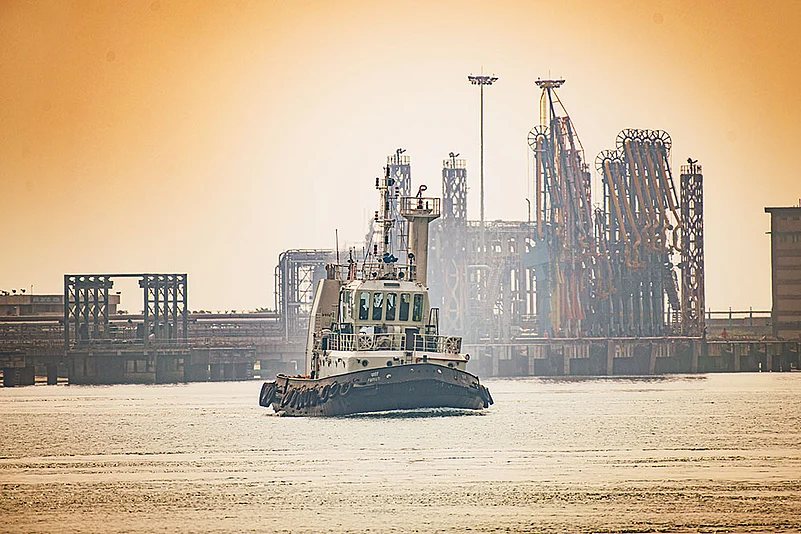
Seamless Connectivity as Economic Catalyst
The state has committed over ₹65,000 crore from its ₹2.90 lakh crore 2025–26 budget to infrastructure projects, with an awareness that ports must be integrated with hinterland logistics. These projects include the Atal Expressway and multiple economic corridors. The Gopalpur-Jeypore corridor, for instance, will reduce transit time dramatically, unlocking previously under-connected, mineral-rich belts.
Odisha’s coastline is no longer just a geographic advantage—it is now an active driver of industrial growth, regional inclusion, and global connectivity.
Parallel efforts are underway to accelerate the development of airports at Paradip and Puri to enhance multimodal access. These interventions are aimed at resolving longstanding bottlenecks, ensuring that Odisha’s maritime growth facilitates industrialisation.
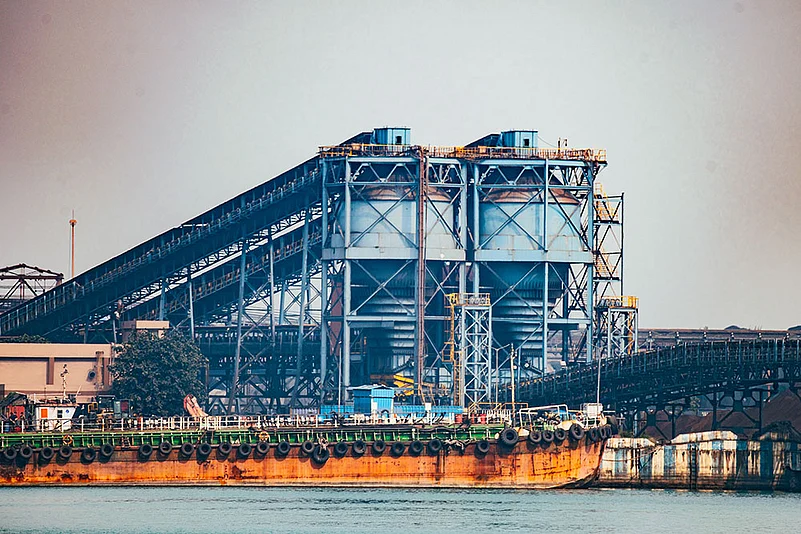
Investment Momentum and Industrial Diversification
This infrastructure push, combined with streamlined policies, has enabled fresh interest of investors.
In its first 100 days, the state administration approved ₹45,000 crore worth of projects. Among major commitments, the Adani Group announced plans to invest ₹2.28 lakh crore in logistics, ports and green energy, while Indian Oil Corporation committed ₹58,042 crore towards a chemical complex in Paradip.
This wave of investment is not limited to legacy sectors. The rise in containerised cargo suggests a structural shift towards manufacturing, value-added goods and export diversification, reflecting Odisha’s ambitions beyond raw material exports.
Maritime Strategy Meets Cultural Diplomacy
Odisha is also leveraging cultural capital to deepen regional maritime links. The Balijatra festival, commemorating ancient trade ties with Southeast Asia, has evolved into a platform for cultural diplomacy.
In 2024, leaders from 11 Asean countries attended the event, which also hosted traditional performances from across Southeast Asia.
This integrated approach of blending policy, ports and people is positioning the state as a maritime leader in eastern India.
With a strategic coastline, an ambitious policy environment, and focused leadership, Odisha’s coastline is no longer a latent asset, but a live engine of economic transformation.






